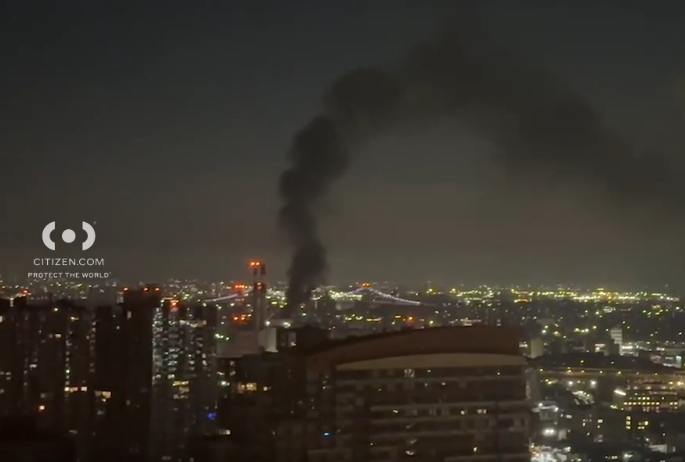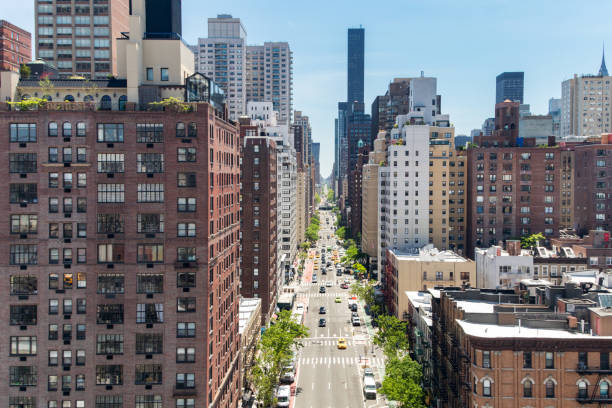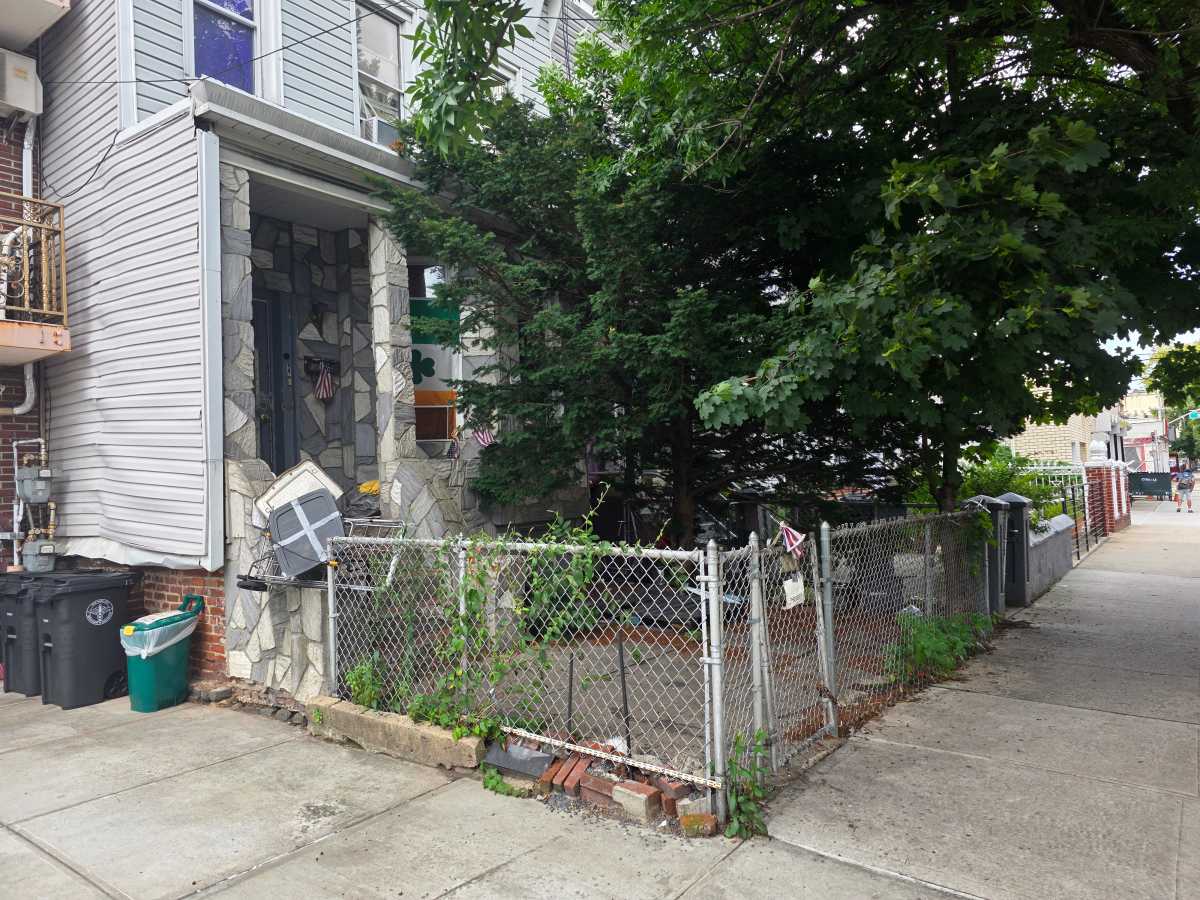
BY JACKSON CHEN | The main opposition group to the American Museum of Natural History’s expansion released a barbed review of the project’s recently released draft environmental impact statement (DEIS).
The museum’s $340 million Gilder Center for Science, Education, and Innovation project would revamp the entrance on Columbus Avenue at West 79th Street. The toughest opposition has come from the Community United to Protect Theodore Roosevelt Park, which alongside other groups, is against the expansion because it would seize surrounding land currently part of the Theodore Roosevelt Park.
For the museum, the Gilder Center would provide significant extra exhibition space as well as a design for improving visitor traffic flow.
Following a public hearing on June 15, Community United and its attorney, Michael Hiller, released a critical review of the DEIS that the group provided to Manhattan Express.
The group retained GHD Services, an engineering and environmental consulting firm, which completed its “expert review” on May 18. The review stated that the DEIS should have included “socioeconomic conditions” as part of the environmental impact assessment since the Gilder Center would bring a decrease in park usage and reduced traffic to businesses due to a three-year construction period.
In three major impact areas — hazardous materials, transportation, and construction –– GHD’s report concluded that the DEIS doesn’t include “sufficient information.” The report added that construction would likely trigger asbestos and lead exposure, but the DEIS doesn’t consider containment for these materials.
“The lack of such details is startling and should be immediately rectified,” the report said. “The work plans should be provided for review prior to the Final EIS.”
As for potential alternatives to the expansion’s current design, GHD said that an option re-purposing or relocating existing administrative spaces to make room for the Gilder Center was viable. Museum officials have in the past argued that the alternatives mentioned in the DEIS are either infeasible or don’t accomplish the goals of the project’s current design.
The museum did not respond to the GHD report by the time this story was published.
During the June 15 public hearing, neighbors of the museum lined up to express continuing criticisms of the Gilder Center plan. No elected officials were present, but many other community leaders offered their thoughts on the expansion plans.
Community Board 7 members noted that the transportation study should expand its scope to consider impacts further north than currently contemplated, recommended that the museum request NYPD traffic enforcement officers for the first month or so after opening, and asked for further clarification of the Construction Working Group that is expected to include the construction contractor, museum officials, and community members.
The original group opposing the Gilder Center Project, the Defenders of Teddy Roosevelt Park, criticized the compliance procedures spelled out in the DEIS. Over the past year, the Defenders group has worked with the museum through its Park Working Group, which sought community feedback regarding impacts on the Theodore Roosevelt Park, but it has also continued to offer its concerns at public forums.
“The draft of the environmental impact statement is wide-ranging but seems to resolve every issue in the museum’s favor,” Lydia Thomas, the Defenders’ president, said at the hearing. “From loss of parkland to increased congestion, it concludes there is ‘no significant adverse impact.’”
Thomas added that the Defenders want to see a less imposing structure and improved parks maintenance when the museum redesigns those portions of the Theodore Roosevelt Park that will be impacted.
Community United’s president, Claudia DiSalvo, presented a harsher view of the project.
“Green space is rare, green space is precious, and at a premium,” she said. “In today’s world, does the New York City Parks [Department] consider when evaluating a project the ramifications of when city parkland is taken way?”

































